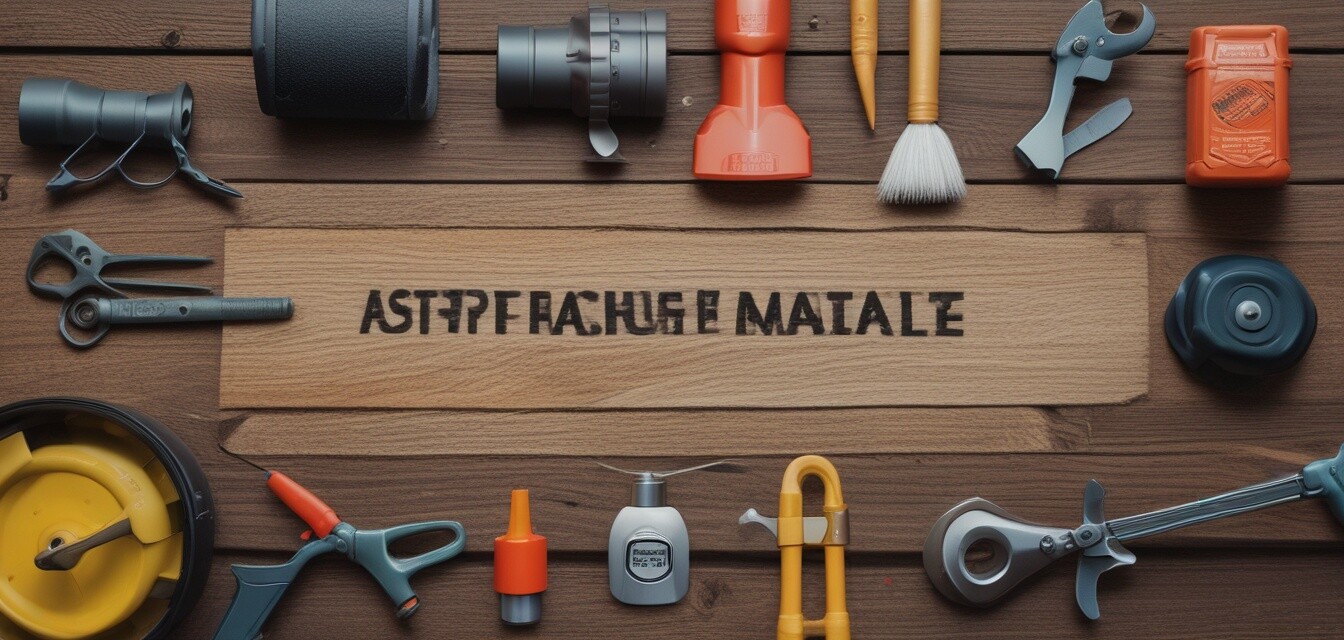
Best practices for asphalt maintenance tools
Key Takeaways
- Regular maintenance extends the life of asphalt surfaces.
- Using the right tools helps ensure effective and efficient repair.
- Choosing high-quality sealants and fillers is crucial for long-lasting results.
- Safety gear should always be considered when performing maintenance tasks.
- Proper knowledge and training enhance the effectiveness of asphalt maintenance.
Asphalt surfaces are prone to wear and tear due to environmental elements and heavy traffic. Regular maintenance is vital in ensuring the longevity of your asphalt pavements, whether you're a contractor, DIY enthusiast, or property owner. This guide provides insights into the best maintenance tools and their applications to keep your asphalt in top condition.
Understanding asphalt maintenance tools
The right approach to asphalt maintenance begins with understanding the tools required for various repair tasks. Below are the main categories of asphalt maintenance tools and their specific applications:
| Tool Category | Description |
|---|---|
| Sealants and Crack Fillers | Used to fill in cracks and seal the pavement to prevent water intrusion and further deterioration. |
| Asphalt Repair Kits | All-inclusive kits for minor repairs, typically including patching compound, tools, and application instructions. |
| Surface Cleaners | Devices that help in cleaning the asphalt surface before applying sealants or fill materials. |
| Paving Tools | Hand tools like trowels and rakes used for applying sealants and fillers. |
| Safety Gear | Includes gloves, goggles, and protective clothing to ensure safety during maintenance tasks. |
Best practices for using asphalt maintenance tools
Utilizing asphalt maintenance tools effectively can significantly enhance the durability of your asphalt surface. Here are some best practices to keep in mind:
Tips for effective asphalt maintenance
- Always clean the surface before applying sealants or fillers. This ensures better adhesion and durability.
- Choose the right type of sealer based on your climate and pavement condition.
- Wear appropriate safety gear to protect against hazardous materials.
- Follow manufacturer instructions carefully for all products used in repairs.
- Regularly inspect your asphalt paving for cracks and damage to handle issues early on.
Common asphalt maintenance tools
Here's a closer look at some essential asphalt maintenance tools that every contractor or enthusiast should have:
| Tool | Best Use |
|---|---|
| Crack Fillers | Ideal for sealing cracks and preventing water damage. |
| Sealcoating Spray Equipment | Used for applying sealant uniformly across asphalt surfaces. |
| Pressure Washers | Great for cleaning the asphalt surface effectively before repairs. |
| Edging Tools | Helps to create clean edges around patches and repairs. |
| Rakes | Useful for spreading patching material evenly during repairs. |
Importance of safety gear
Whether you're using crack fillers or sealants, safety gear plays a critical role in asphalt maintenance. Proper attire not only protects against chemical exposure but also helps prevent injuries while handling tools and equipment. Essential safety gear includes:
Pros
- Protects against chemical exposure.
- Mines the risk of physical injuries.
- Ensures compliance with safety regulations.
Cons
- Can be uncomfortable during hot weather.
- May require an additional investment.
Frequently asked questions about asphalt maintenance tools
Here are some common questions related to asphalt maintenance tools:
- How often should asphalt surfaces be maintained? - Regular inspections should be conducted every six months, with maintenance performed as needed.
- Can DIY enthusiasts handle asphalt maintenance? - With the right tools and knowledge, DIY enthusiasts can successfully perform basic asphalt maintenance.
- What are the common mistakes when using asphalt maintenance tools? - Not cleaning the surface before application and using the wrong type of materials are common mistakes.
Conclusion
Maintaining asphalt surfaces requires the right tools and techniques. By following the best practices outlined in this guide, you can ensure a long-lasting and durable asphalt pavement. Investing in quality maintenance tools and prioritizing safety will lead to effective repairs and a visually appealing surface for years to come. For more insights on other types of asphalt products, check out our guide on sealants and crack fillers and explore our section on paving tools to enhance your knowledge further.
For those looking to expand their skills, don't forget to take a look at our how-to guides for expert advice on maximizing the longevity of your asphalt surfaces.

